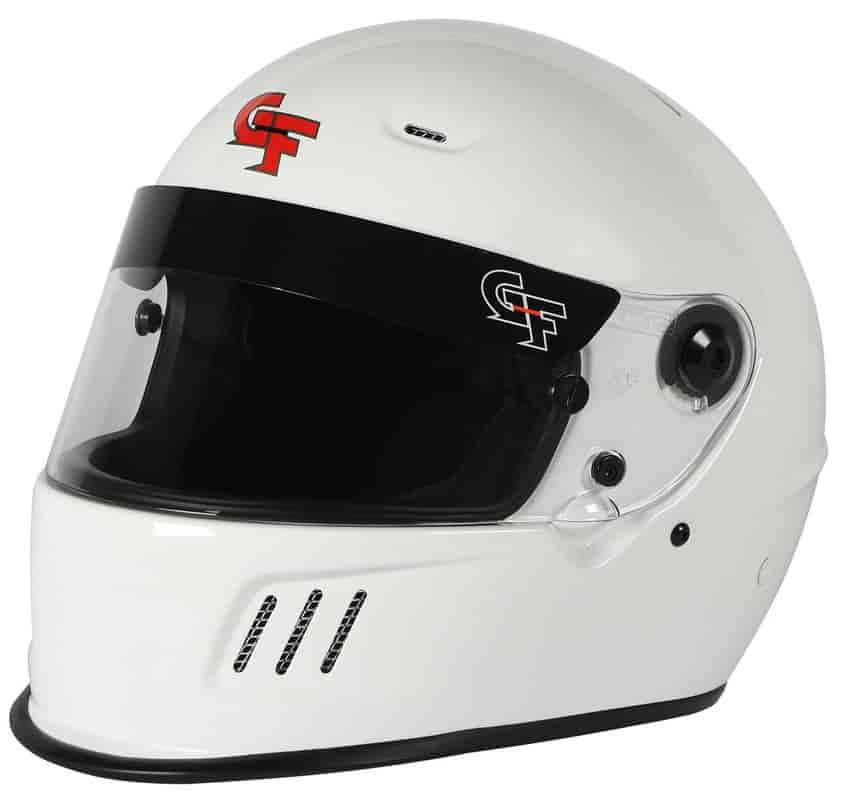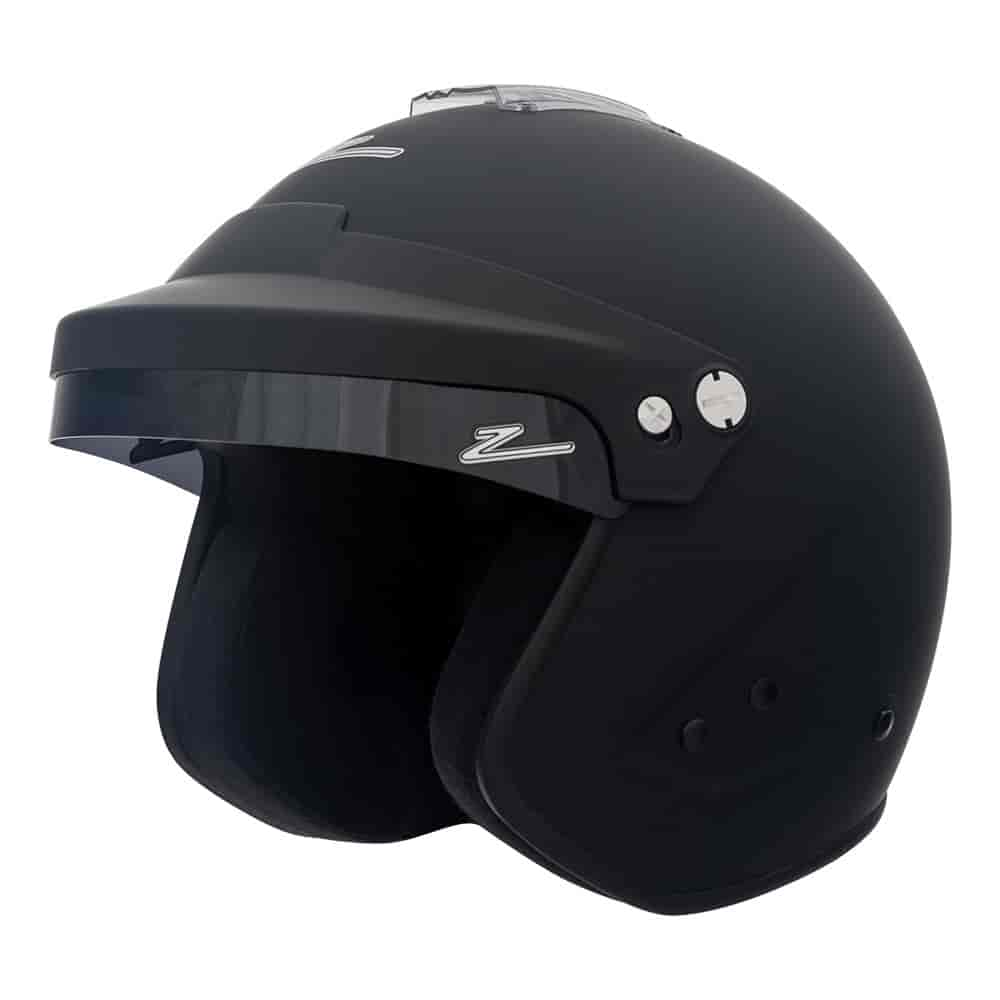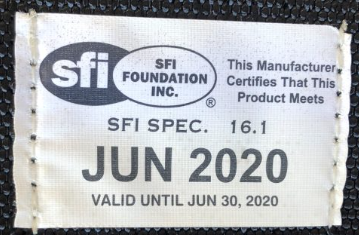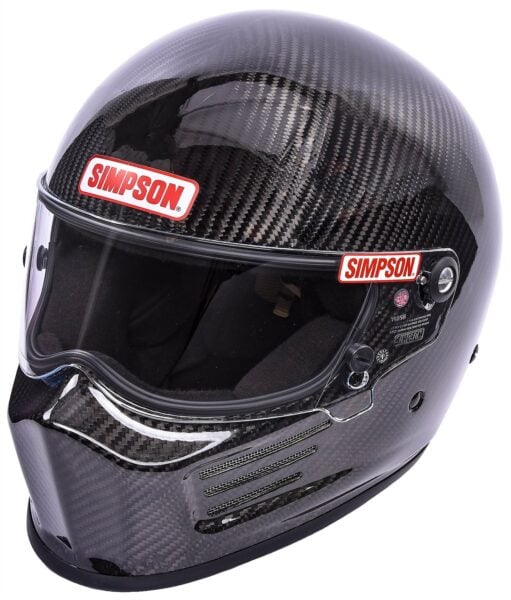Sign up now to join the JEGS email newsletter and be the first to learn about new products, special deals and e-mail only offers!


Have you ever wondered why race car drivers wear helmets but everyday drivers don't?
For starters, vehicles are typically moving considerably faster when racing. Nascar drivers, for instance, have a top speed of around 200 mph, while dragsters can surpass 300 mph on the strip. At these speeds, even a minor error can quickly result in a major accident.
What's more, some races span hundreds of miles, with drivers often teetering on the edge of exhaustion while vying for the lead. Compared to a day of running errands, racing is much riskier.
Additionally, race cars often lack many of the safety features found in modern vehicles, like airbags, crumple zones, automatic braking, safety glass, or ABS. Instead, drivers must wear specialty safety gear during races, which may include fire suits, harnesses, head and neck restraints, etc.
The specific equipment you'll need depends on the type of racing you're involved in, whether that's Formula, drag, stock, rally, etc. However, there's one safety item required across all racing types – a helmet.
Thankfully, JEGS has your back (in this case, your head) with our ultimate guide to choosing a car racing helmet.
We'll start by exploring what a racing helmet is, how they differ from other helmet types, and their impact on driver safety. Then, we’ll review the different requirements for racing helmets and review some popular features you may want to consider when making a purchase.
Much like a bicycle helmet, an auto racing helmet is designed to keep your head safe in the event of an accident. But make no mistake, racing helmets are leagues ahead in terms of design and protection.
For example, the average bike helmet is rated for speeds of around 12-15 mph and doesn't offer full-face protection. Even motorcycle helmets, while closer in comparison, still don't meet the safety and design standards of car racing helmets.
Below are a few more specifics typically related to racing helmets:

Sign up now to join the JEGS email newsletter and be the first to learn about new products, special deals and e-mail only offers!

A high-quality racing helmet is more than just a piece of gear; it's a lifeline for drivers. When you're on the track, the risk of accidents increases dramatically. A helmet doesn't just protect your head during a crash; it shields you from potential fire, keeps out debris, and can help reduce neck injuries during sudden stops.
What's more, a helmet helps you keep your mind on the race. When you're wearing a helmet, you know you've taken a big step to protect yourself. This peace of mind means less worry and more focus on the track, your car, and your strategy.
While it’s specific to motorcycle helmet safety, a recent study by the National Highway Traffic Safety Administration (NHTSA) reports that helmets are 67% effective in preventing serious brain injuries during a crash, showing just how effective a helmet can be at protecting a driver's head during an accident.
If you plan on participating in any official races, a helmet isn't just recommended; it's required.
Safety rules from racing organizations worldwide mandate the use of approved helmets. The specifics depend on the type of racing you're doing, so you'll want to thoroughly research the requirements for your league before making a helmet purchase.
For example, NASCAR requires helmets that meet or exceed Snell SA2020 or FIA 8860-2018 standards. Meanwhile, drag racing events under the National Hot Rod Association typically require helmets with Snell or SFI certifications.
The most prominent entities regulating safety standards for auto racing include:
Helmets that meet Snell standards undergo intensive testing for impact management, flame resistance, and even face shield effectiveness.
Helmets that meet FIA standards have been put through stringent testing, including shock absorption, penetration resistance, and flame retardation tests. They also require compatibility with Head and Neck Safety (HANS) devices.
SFI-certified helmets undergo rigorous testing for material quality, design, and performance under extreme conditions. They are renowned for high impact resistance and superior flame retardation, making them popular in sports like drag racing.

As technology evolves, so do racing helmets. Innovative features are transforming helmets into more than just protective gear. They are becoming a critical part of the racing experience, making drivers faster, more comfortable, and ultimately safer.
In this section, we'll dive into some of the latest features you may want to consider in your next racing helmet:
While safety and advanced features are essential, you must also consider the cost when choosing a racing helmet. The price of helmets can vary significantly based on their features, materials, and certification.
Basic auto racing helmets, which still meet necessary safety standards, can start around $200. Mid-range models offering additional comfort or unique features like forced air ventilation or hydration systems might range from $500 to $1,000.
High-end helmets, often used by professional racers, come with premium features such as carbon fiber construction, advanced communication systems, and personalized 3D-fit. These can cost from $1,000 to over $4,000.
Now that you have a better understanding of racing helmets, including their unique qualities, standards, and latest features, you should be fully equipped to make a purchase.
Consider JEGS for all your automotive needs, a trusted supplier of quality car parts, including racing helmets and other racing gear. Complete your order online and have your gear sent straight to your door.




